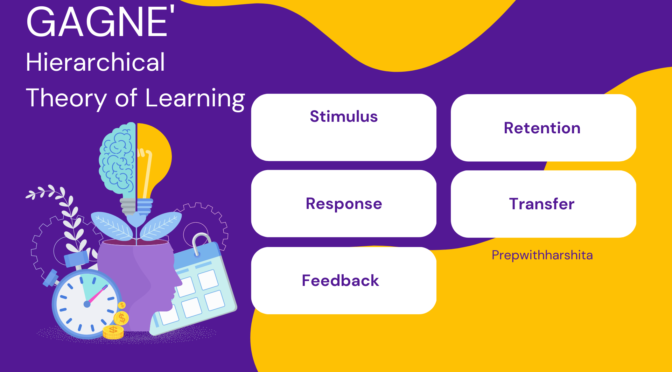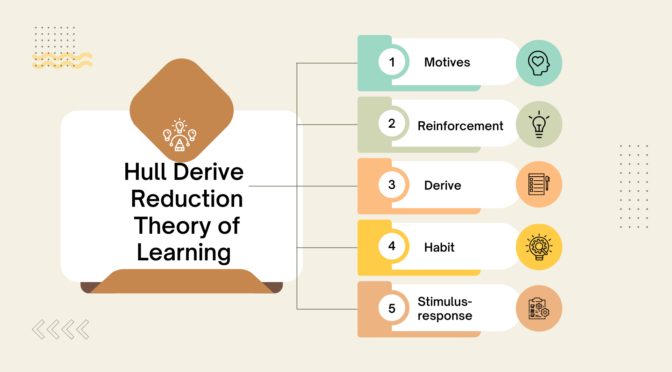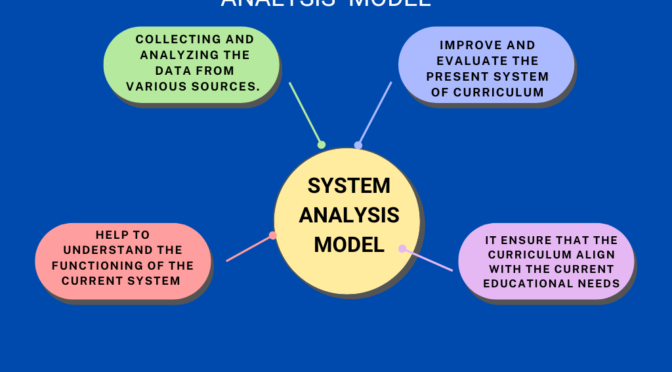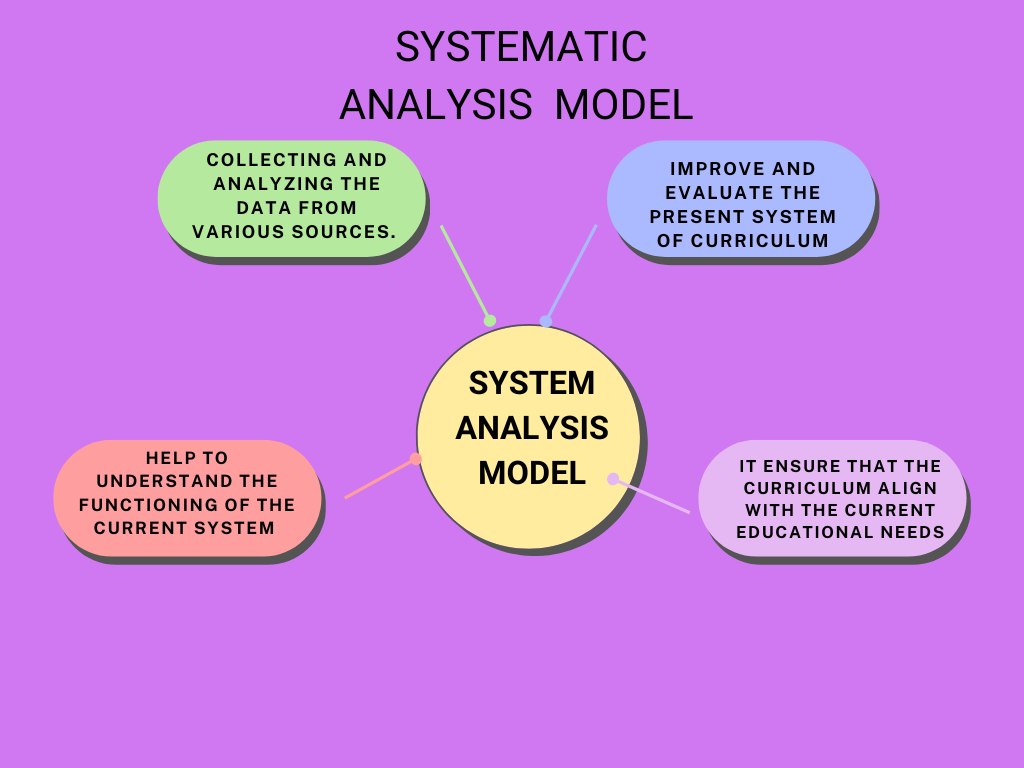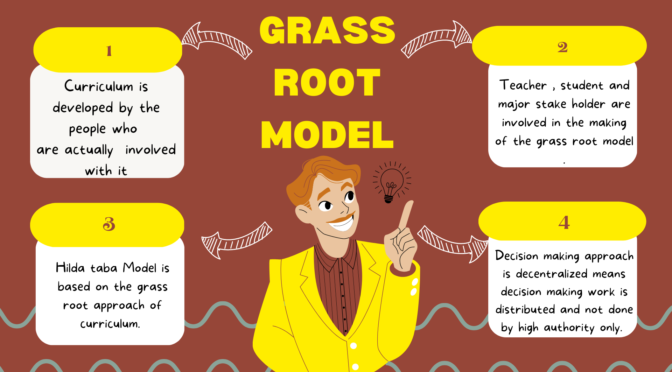Gagne’s Hierarchical theory of learning is a psychological theory of learning and instruction that was proposed by Robert Gagne in the mid-20th century. It suggests that learning occurs in a series of stages or steps, with each step building on the previous one. The theory proposes that there are five main stages in the learning process:
- Stimulus: The learner is presented with a stimulus that captures their attention.
- Response: The learner responds to the stimulus in some way.
- Feedback: The learner receives feedback on their response, which can either reinforce or modify their behavior.
- Retention: The learner retains the information or skill learned, either in their short-term or long-term memory.
- Transfer: The learner applies what they have learned in new and different situations.
Gagne’s Hierarchical theory of learning also recognizes the importance of specific mental processes, such as perception, discrimination, and recall, in the learning process. The theory suggests that these processes can be improved through instructional methods such as verbal information, demonstration, and practice.
Overall, Gagne’s Hierarchical theory of learning is a comprehensive theory that emphasizes the importance of the instructional process in facilitating learning and improving performance. The theory has been widely used in the field of education and continues to influence the design of instructional materials and programs.
Features of Gagne’s Hierarchical theory of learning :
- Hierarchical organization: Gagne’s theory is organized in a hierarchical manner, with each level building upon the previous one. The nine events of instruction form a progression that begins with gaining the learner’s attention and ends with evaluating learning outcomes.
- Matching instruction to outcome: The theory stresses the importance of matching instructional strategies to the type of learning outcome desired. Different instructional strategies are used for cognitive, motor, or verbal skills.
- Prior learning experiences: The theory acknowledges that prior learning experiences can influence the effectiveness of instruction.
- Transfer of learning: Gagne’s theory recognizes that learners can apply knowledge and skills learned in one situation to new and different situations.
- Motivation and attitudes: The theory takes into account the role of motivation and attitudes in the learning process.
- Feedback: Gagne’s theory emphasizes the importance of providing feedback to learners to support ongoing improvement and mastery of the material.
- Clear and effective instructional design: The theory calls for instructional design that is clear, well-organized, and effective in meeting the learner’s needs.


